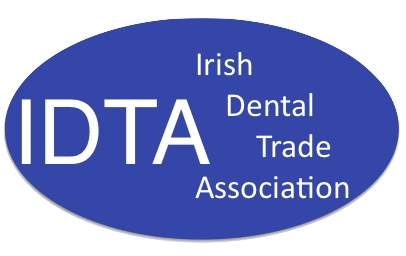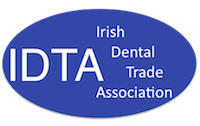By Dr Dirk U. Duddeck, Germany.
Residues on sterile-packaged implants, particularly organic particles from the production or packaging process, are highly suspected of being responsible for incomplete osseointegration of dental implants or even a loss of bone in the early healing period. Studies in recent years have shown that neither the CE marking nor US Food and Drug Administration (FDA) clearance provide a reliable indication of the cleanliness of dental implants.
In three consecutive scanning electron microscopy (SEM) studies, scientists of the University of Cologne and the Charité—Universitätsmedizin Berlin in Germany analysed more than 200 sterile-packaged implants since 2007. Results from the most recent study and comparisons with previous years showed an alarming increase in implants with conspicuous residues. An increasing number of practitioners have concerns about the biological response to these impurities, and the possibility of legal implications has arisen. The question we must ask is: how can the clinician know which implants are not affected by these impurities? Owing to the variety of implant systems offered on the market, it has become quite difficult for the individual dentist to find a safe system for his or her practice.
In March 2017, a new initiative was presented at the International Dental Show in Germany that focuses on this topic for the safety of both dentists and patients. The CleanImplant Foundation has set itself the goal of providing exactly this information worldwide. This independent non-profit organisation is supported by a scientific advisory board made up of well-known scientists and practitioners, such as Prof. Tomas Albrektsson (University of Gothenburg, Sweden), Prof. Ann Wennerberg (Malmö University, Sweden), Prof. Florian Beuer (Charité, Germany), Prof. Jaafar Mouhyi (Universiapolis—International University of Agadir, Morocco), Dr Luigi Canullo (private practice, Italy) and Dr Michael Norton (private practice, UK), President of the US Academy of Osseointegration. In September 2017, this group of scientists released a consensus paper providing objective evaluation criteria for a clean implant, awarding it the Trusted Quality Mark for a two-year period. The 20-page document is available for download on the project website.
This new global quality mark is intended to enable clinicians to see at a glance whether the specific implant meets a minimum standard of cleanliness. Following a five-step approach, the Trusted Quality Mark can be awarded to implants that have been shown in a comprehensive, unbiased analysis to be free of significant organic impurities and of particles containing, for example, copper, chromium, nickel, iron, tin, zinc, bronze, stainless steel or antimony on the implant surface.
Technically, it is possible to produce residue-free implants, as many implants have shown in recent quality assessment studies. If, however, quality control steps are reduced for production and financial reasons, medical devices of inferior quality are the result despite bearing a CE marking or having FDA clearance.
For the Trusted Quality Mark award process, five implants per type are examined, at least two of which are obtained through blind purchase from practices. The analytical reports are screened and released by the scientific advisory board in a peer review process. Through these procedures, we want to make absolutely sure that there is no connection between the financial support of the project and the analysis result. The greatest difference to all previous attempts to develop such a quality mark is that we not only re-evaluate the results with new implants of the same type every two years, but also regularly tighten the criteria for this quality mark. Thus, the existing analytics will be substantially expanded in the coming years.
The results are published on the project’s website, www.cleanimplant.com. This grants interested implantologists a quick and easy way to obtain comprehensive information about the possible kinds of implant pollution, as well as numerous analysis results of contaminated and clean implants. The project is open to every dentist and manufacturer concerned about the protection of patients from potentially inferior medical devices.
At the European Association for Osseointegration congress in Spain in October, two implants—UnicCA by BTI Biotechnology Institute and the T6 implant made by NucleOSS—received the first Trusted Quality Mark 2017–2018 certificates. Only a week later, the CleanImplant Foundation handed over the third award in Japan at the 13th Annual MegaGen International Symposium to Dr Kwang Bum Park, active implantologist and CEO of Korean implant manufacturer MegaGen. Implants of many more manufacturers are already in the process of comprehensive analyses and the results will be published soon.
According to Albrektsson, we should abide by his fundamental guiding principle, stated in an article a decade ago, that we cannot only believe, but rather have to know that the implants we are using do not harm our patients.1 Patients trust in our decisions on the right dental implant systems. Dentists should have an independent guide to find out which implant system meets the requirements of a high-quality medical device. The CleanImplant Foundation will support future research on the clinical impact of impurities and expand the periodic analysis of dental implants all over the globe in order to provide dentists with independent research results and evaluate improvements in the manufacturing process of previously analysed implants.


